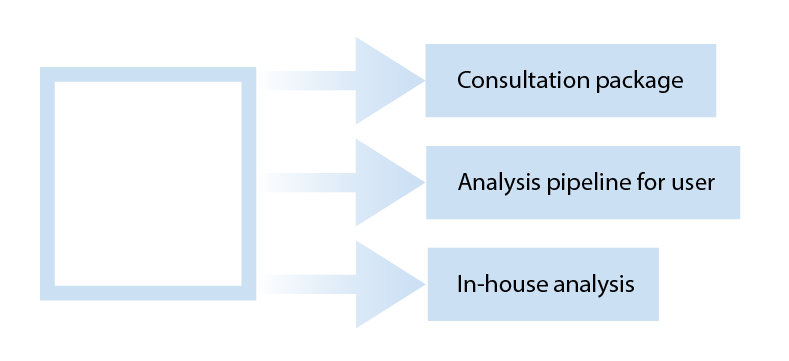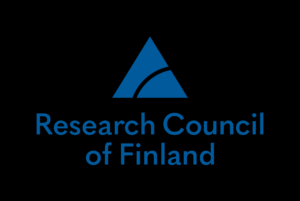Turku BioImaging Image Data team offers the following services
- Image analysis consultation
- Image analysis pipelines
- Analysis as a service
Each project will be initiated with a project meeting between IDAT staff and a researcher, where project details and goals are defined. Service project can be initiated with a consultation package, during which IDAT will test preliminary data and look for a suitable workflow. After the consultation package, the next steps are defined. The next steps could be IDAT creating an analysis pipeline for the researcher or the whole analysis can be done by IDAT. Project duration and costs are estimated according to the project meeting or the consultation package and provided to the research prior to initiation.

Prices
- Consultation package 225 € (VAT 0%) (academic price)
- preliminary testing of image data (if available)
- a suggestion of analysis pipeline and following steps
- follow-up meeting
- Analysis as a service and analysis pipelines
- Academic users 45 €/h (VAT 0%)
- Non-academic users – contact us for pricing
Free access to our services
- Euro-BioImaging has been awarded a number of important Horizon Europe and other grants to provide funding for user access at Euro-BioImaging Nodes. The researcher can apply for FREE image analysis services provided by Turku BioImaging Image Data Team (part of the Finnish Advanced Microscopy Node). See below the information about currently available funding for user projects:
- For more information, contact Irina Belaia, FiAM Node manager contact-FiALM@eurobioimaging.fi
Acknowledgements
It is obligatory to acknowledge the work of TBI-IDAT in your publications.
Example: “Image analysis was supported by the Turku BioImaging Image Data Team at Åbo Akademi University and the University of Turku.”
Image analysis training
Turku BioImaging Image Data Team offers courses:
- Fiji basics and scripting
- Cell profiler
- QuPath
- Image analysis using Python and Napari
- Data management using OMERO
- Image preparation for publication
Please contact us for a quotation.
Links to External Training resources
iBiology series of image analysis
Introduction to ImageJ in ImageJ wiki
RMS Python for Bioimage Analysis Course
Global BioImaging training resource
NEUBIAS Image analysis training resource
What is Omero?
OMERO is an image data management system designed to support the large amount of imaging data produced in scientific research. OMERO provides an easy way to access and view image data. The image cal also be easily processed and analysed by connecting to the server.
How to get access to OMERO?
- Contact TBI-iDaT with the form below.
- Read the OMERO start-up guide
- Upload your data to OMERO server using the OMERO.insight (desktop client)
- View images using the OMERO.iviewer plugin
- Analyze images using a 3rd party tool, e.g. Fiji
- Generate a figure using OMERO.figure
More OMERO documentation on OMERO website: How to get started with OMERO server
Available software
Open-source software:
- Fiji
- Cell profiler
- QuPath
- Ilastik
Commercial software and analysis computers provided by Cell Imaging Core. Book through OpenIRIS.
- Arivis 4D
- Imaris
- Huygens Essential
- NIS Elements 5.02
Image analysis research groups
under construction
Local image analysis seminars
Lost in imaging on break due to COVID19 pandemia

Turku BioImaging Operation Team is funded by the Research Council of Finland, FIRI 2023, decision number 358879

